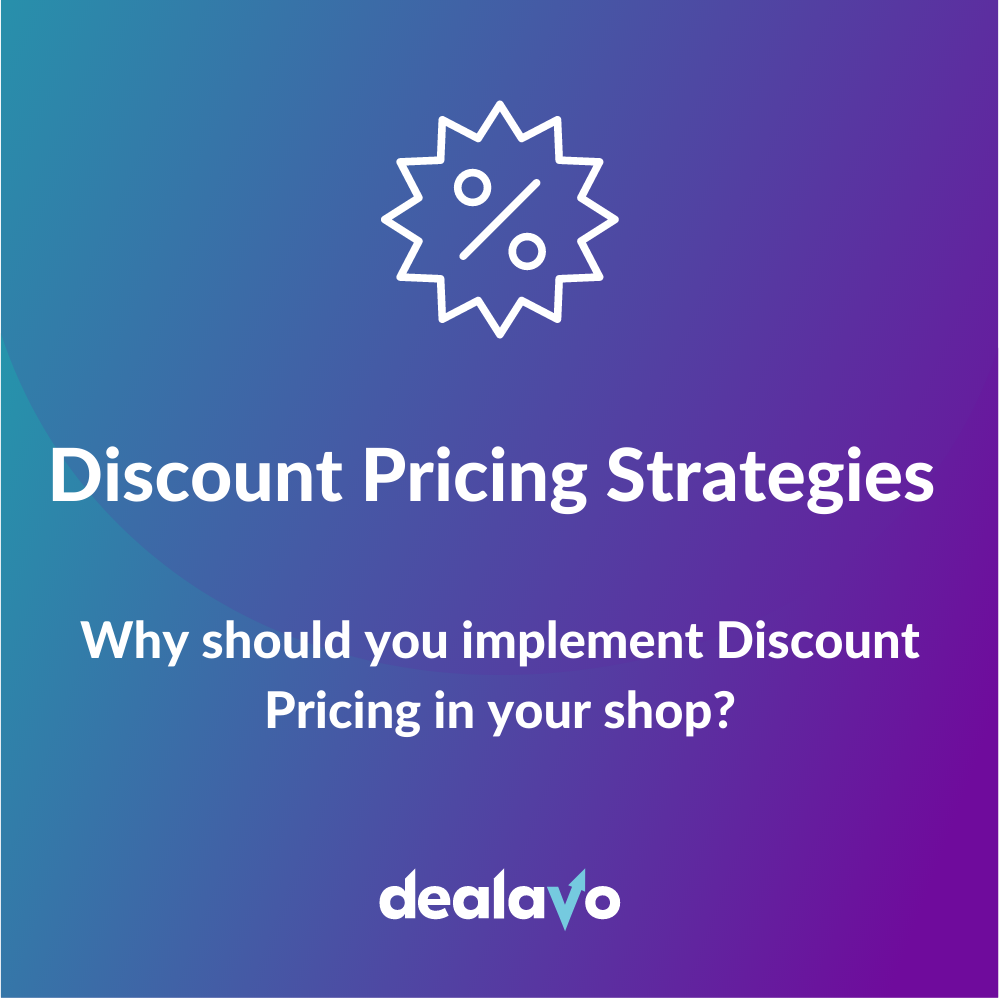
Should your offer always be the cheapest? The pros and cons of a low-price strategy in e-commerce
- 02 May 2023
The e-commerce landscape is becoming increasingly saturated, and competition amongst online retailers is intensifying. Companies are looking for novel ways to stand out from the crowd, differentiate their brand, and attract customers. One of the key approaches many have embarked on is reducing prices across their product ranges in order to increase sales by appealing to price-sensitive shoppers. While driving down prices can be beneficial in some circumstances, there’s also a lot that needs to be taken into consideration before committing to delivering the lowest cost products possible – ultimately it could end up being more costly for your business as well as damaging your reputation. In this blog post, we will discuss both sides of the coin of low-price strategies so you can decide if such an approach really works for your e-commerce business or not.
Low price strategy: The advantages of low prices in online retail
One of the main advantages of low prices is that they can help you increase your sales quickly. This is especially true if you are selling a new product or starting a new business. In the early stages of a product’s life cycle, customers are more price sensitive and are more likely to switch to a competitor if they feel they are not getting a good deal. That’s why it’s important to offer low prices during the introductory phase of a product to attract new customers and increase your market share.
Another benefit of low prices is that they can help you retain your customers. When customers feel like they’re getting a good deal, they’ll often come back and be happy to buy from you again. This is especially true when your prices are significantly lower than those of your competitors. Studies have shown that price-sensitive customers are generally more loyal and less likely to switch to another provider.
In addition, they can build a strong brand identity through low-price strategies. When customers see that you consistently offer low prices, they associate your brand with value for money. This can help you attract new customers and keep them over the long term as well.
Lastly, low prices can help you increase your profits. While it may seem counterintuitive, selling at a lower price can actually lead to higher profits. That’s because you sell more units when your prices are lower.
Low price strategy: The disadvantages of low prices in online retail
Of course, low prices have the disadvantage that they can be undercut by the competition. That’s why it’s important to use strategies other than low prices to encourage growth. For example, you can offer bundle prices, discounts, and promotional prices and target new customers with your pricing strategies. With a combination of different strategies, you can gain a competitive advantage that will help you grow even in highly competitive markets.
Another disadvantage of low prices is that they can eat away at your profit margin. This is especially true if you often have to lower your prices to keep up with or beat your competitors. In the long run, this can eat away at your profits and make your business difficult to sustain.
Finally, low prices can sometimes send the wrong message to consumers. If your prices are too low, potential customers might think your products are of poor quality. This can damage your reputation and make it difficult to sell at higher prices in the future.
Source: https://www.wiwo.de/unternehmen/dienstleister/25961638.html
Low prices in practice: Preparation counts
Many e-commerce companies use low-price strategies to quickly increase sales. However, it is important that these strategies are used correctly and in the right context. Otherwise, they can actually lead to lost sales and customers.
Low-price strategies should only be used when there is a clear and defined target market that is price sensitive. In addition, the products offered must be mass-produced and there must be a large number of potential buyers. Finally, the company must have the necessary scale and operational efficiency to enforce its low prices. If these conditions are not met, a low-pricing strategy will likely do more harm than good.
Price war through low prices: Why do companies use low price strategies and where is the risk?
When companies compete for market share, pricing is one of the most important tools they have. By lowering prices, they can persuade customers to buy their products and not the competition’s.
Low prices are particularly recommended in the introductory phase of new products. Low prices allow companies to attract customers and encourage them to try the product. This is particularly effective for products that are new to the market and need to increase their market share. Also, low prices can help stimulate word-of-mouth marketing as customers are more willing to tell their friends about a good deal. In general, low prices are a powerful way to generate interest in a new product and motivate consumers to try a new product.
However, this strategy is not without risk. The main risk is that a second company can make and sell the same product at an even lower price. This can quickly lead to a price war, with each company trying to undercut the other on price. This can be detrimental to both companies as it can erode profit margins and result in lost profits. So companies need to be careful when using pricing as a competitive tool, which can easily backfire if not managed properly.
Price Monitoring: The core of any pricing strategy and the key to successful e-commerce competition
In any industry, it is important to keep an eye on the competition. This is especially true when it comes to price. Manually monitoring prices can be very time-consuming and inefficient. This is where technology comes into play.
There are now many software solutions that you can use to automatically monitor prices. These solutions use algorithms to scour the web and determine the prices of your competitors’ products. You can then use this information to adjust your own prices accordingly.
That’s why it’s important to use tools like the Dealavo price monitoring tool. With Dealavo, you can easily track your competitor’s prices and be notified if they change. This way you can make sure that you always offer the cheapest prices. Additionally, Dealavo provides in-depth pricing analysis and insights so you can better understand your competitors’ pricing strategies. You will also quickly notice how the prices of various products are developing at the moment and can therefore anticipate price trends in advance. With Dealavo’s help, you can ensure you stay ahead of the competition while still keeping your margins profitable.
Conclusion: Low prices have both advantages and disadvantages in e-commerce
Low prices can be a powerful tool in driving ecommerce growth, but they should be used strategically and in conjunction with other growth strategies. Through the use of bundle pricing, discounts, and promotions, businesses can gain a competitive advantage that will help them thrive even in highly competitive markets. However, low prices can also lead to price wars and margin erosion. So companies need to be careful when using this strategy because it can easily backfire if not managed properly. Technologies such as automatic price monitoring make it easier for companies to keep an eye on their competitors’ prices and adjust their own prices accordingly. Feel free to test the demo version of the Dealavo dynamic pricing tool now.




